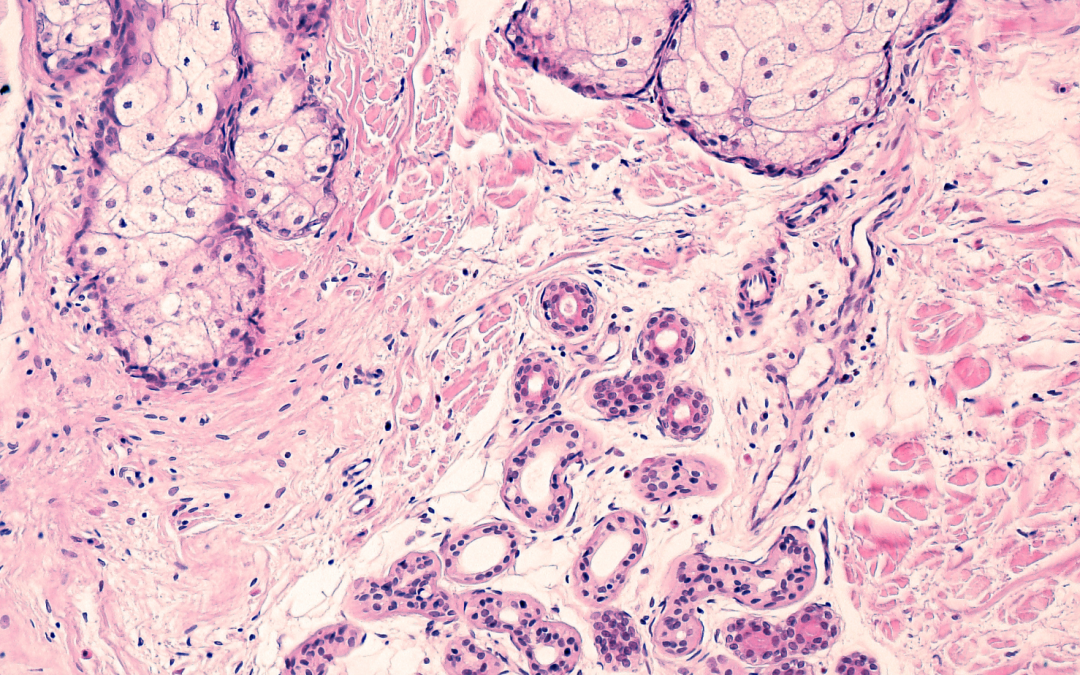Sebaceous hyperplasia is a benign skin lesion commonly observed as small textured lumps ranging from 1mm-3mm in size, with a white/yellow appearance and some capillaries surrounding it. It is a growth originating from the sebaceous gland and is detected in middle aged to elderly people. The sebaceous gland is attached to the hair follicles and functions to release sebum (oil) onto the skin surface which provides hydrating to keep the skin soft and flexible.
These little bumps are harmless, however they are removeable for those who prefer texture free, smooth skin!
What is the cause?
This condition is associated with oily skin, excess sun exposure, and an imbalance of androgen hormones caused by ageing. Sebaceous hyperplasia occurs when the sebaceous gland becomes trapped with excess sebum and dead skin cells. Genetic history can also influence your likelihood to experience the lesions.

How is it diagnosed?
A doctor or dermatologist can diagnose these skin lesions. It is best to have them checked as they can appear similarly to a basal cell carcinoma, and may require a simple skin biopsy to exclude the possibility.
How can I reduce the rick of getting sebaceuous hyperplasia?
Appropriate homecare proucts will reduce the risk! SPF is important to protect your skin from UV rays, a salicyclic acid exfoliator helps to reduce dead skin build up and clean oil from hair follices/sebaceous glands, retinol increases the skin cell turnover to smooth skin, niacinimide (vitamin B) acts by balancing oil & hydration within the layers of the skin and a good quailty cleanser is a must to ensure the skin is cleaned well morning and evening!
How can I remove them?
Cryotherapy is an appropriate treatment to remove sebaceous hyperplasias. Cryotherapy utilises liquid nitrous oxide to effectively remove the accumulated skin cells in the area, diminishing the lesion. Surrounding healthy tissue is protected in order to only address the treated lesions. Immeditsely after, the area can feel warm and red and this will slowly subside over several hours. The lesion will reduce on its own over 1-4 weeks. Depending on the size of the lesions, multiple sessions may be required, however this will be discussed prior to your treatment.
Our dermal therapists conduct a skin consultation prior to your treatment to dicuss goals and appropriate pre and post care, as well as answer any of your questions!
By Riley McDonald
Dermal Therapist
